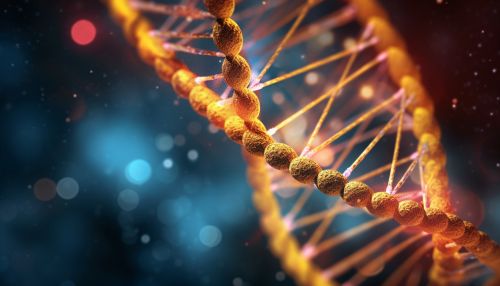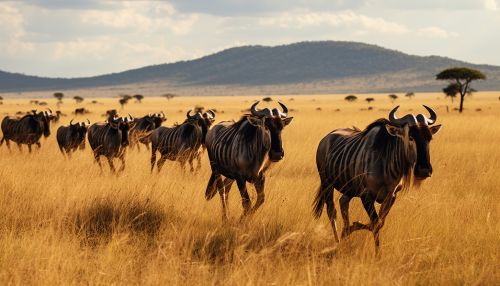The Biological Mechanisms of Animal Migration
Introduction
Animal migration is a fascinating and complex phenomenon that involves a wide range of biological mechanisms. This article will delve into the intricate details of these mechanisms, exploring the physiological, genetic, and environmental factors that influence and drive animal migration.
Physiological Mechanisms
The physiological mechanisms of animal migration are multifaceted and involve various aspects of an animal's biology, such as its sensory systems, energy metabolism, and circadian rhythms.
Sensory Systems
Animals use a variety of sensory systems to navigate during migration. Birds, for example, are known to use visual cues, olfactory cues, and even the Earth's magnetic field to navigate during their long-distance migrations.


Energy Metabolism
The energy demands of migration are immense, requiring animals to optimize their energy metabolism to fuel their journeys. This often involves physiological changes such as fat accumulation and muscle hypertrophy.


Circadian Rhythms
Many migratory animals exhibit changes in their circadian rhythms during migration, which can affect their feeding, resting, and migration schedules.


Genetic Mechanisms
Research has shown that the propensity for migration can be genetically determined. This section will explore the genetic mechanisms that influence animal migration.
Genetic Determinants
Certain genes have been identified that influence migratory behavior. For example, the Clock gene in birds has been associated with variations in migratory timing and distance.


Epigenetic Factors
Epigenetic factors, such as DNA methylation and histone modification, can also influence migratory behavior by regulating the expression of migration-related genes.


Environmental Factors
Environmental factors play a crucial role in triggering and directing animal migration. This section will explore how factors such as temperature, food availability, and photoperiod influence migration.
Temperature
Changes in temperature can trigger migration in many species. For example, many bird species migrate to warmer climates during the winter to escape harsh conditions.


Food Availability
Changes in food availability can also trigger migration. For example, wildebeest in the Serengeti migrate in response to changes in grass availability.


Photoperiod
Changes in day length, or photoperiod, can trigger migration in many species. For example, many bird species migrate in response to changes in day length.


Conclusion
The biological mechanisms of animal migration are complex and multifaceted, involving a combination of physiological, genetic, and environmental factors. Understanding these mechanisms can provide valuable insights into animal behavior, ecology, and evolution.
